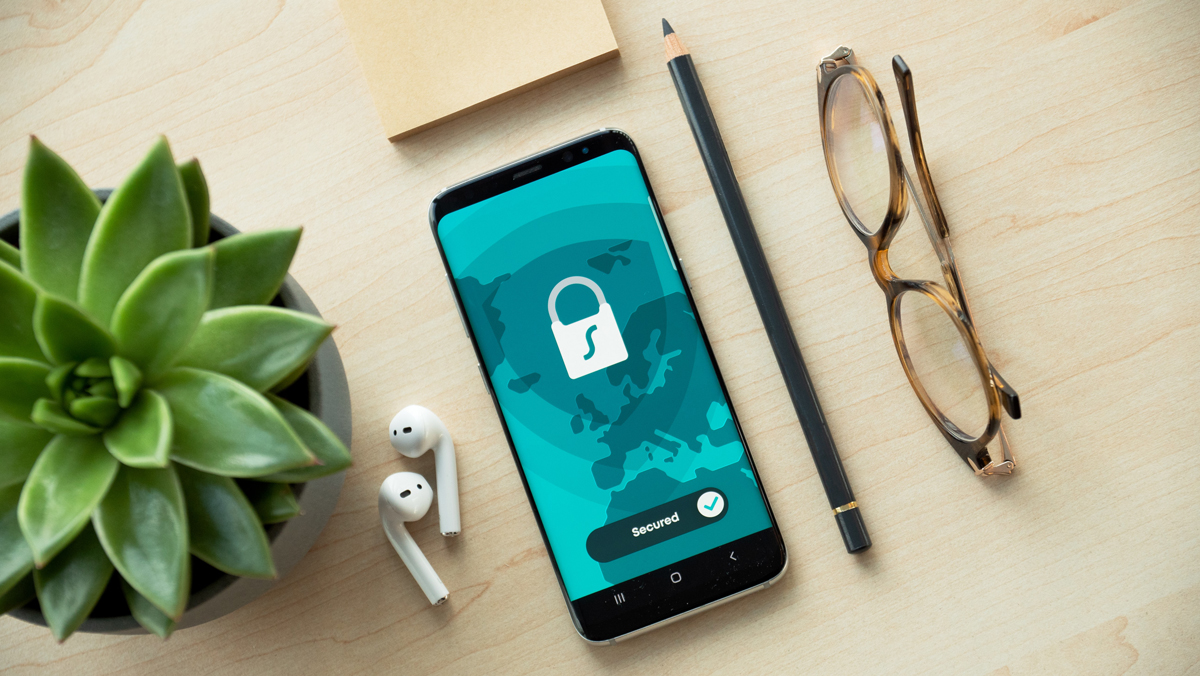5 minute read
Several enterprises, software developers, and service providers may have announced the debut of two-factor verification (2FA), two-step authentication (2SA), or multi-factor authentication (MFA) in recent years. It has fast become one of the most recommended online security tips.
Two-factor authentication is crucial for online security because it instantly eliminates the vulnerabilities associated with potentially compromised passwords. If a passphrase is hacked, guessed, or even phished, it is no longer sufficient for an attacker to get access: a password is meaningless without the second element.
2FA also performs an essential function for maintaining a robust security posture: it actively engages users in the process of keeping secure and creates an atmosphere in which they are informed participants of their own digital safety. When a user receives a 2FA message, they must respond, “Did I initiate that, or is someone trying to access my account?” This emphasizes the need for transaction security. 2FA promotes a partnership between users and administrators, while the majority of other online security approaches are passive and do not engage end-users.
If you have ever questioned what this technology is or if it is worthwhile to use, this article will try to address your questions.
How Does It Work?
Various 2FA approaches use distinct procedures, but they all depend on the same underlying workflow.
Typically, a 2FA procedure occurs as follows:
- The user checks in to a website or service using their username and password.
- An authentication server verifies the password, and the user becomes eligible for the second factor if it is legitimate.
- The authentication server transmits a unique code to the second-factor device associated with the user.
- The user verifies their identity by allowing the extra authentication from their second-factor device.
Although the fundamental procedures behind multi-factor authentication are essentially the same across providers, there are several ways to implement it, and not all implementations are made equal. Let’s examine the different sorts of 2FA.
Why Use 2 Step Authentication
Strong online security in the post-password age requires a dynamic approach combining various technologies and policies. For total protection, it is crucial to never rely on a single solution alone. This implies two things: (1) if you’re still relying solely on passwords, it’s time to evolve, and two-factor authentication is an excellent place to start; and (2) while two-factor authentication is an essential security tool, it becomes even more effective when used as part of a coordinated strategy for security applications and policies. Still not convinced? Here are the main reasons you should be using 2FA:
Your Device Becomes An Additional Security Layer
In recent years, large corporations have been hacked, resulting in the theft of millions of customers’ personal information. They keep sensitive information like credit card numbers, bank account information, and social security numbers. In addition, many individuals use the same password for every account, leaving them vulnerable to hackers if they ever obtain access to it. Apply two-factor authentication on your online accounts. Even if someone obtains your password, they will be unable to access anything without inputting a code delivered to your phone through text message or another method. This assures that regardless of the organization with whom you have an online account, none of them are compromised since hackers would need both your password and phone number to get access.
It Functions Everywhere You Are
A key benefit of two-factor authentication is that you only need to remember one password for all of your online accounts. All websites and applications that implement two-factor authentication will recognize your phone as a second key; thus, it is not like entering a PIN number at an ATM, where various organizations demand different passwords. This makes life easier since you only need to remember one piece of login information as opposed to hundreds – your existing password plus your mobile device or tablet (of course, if you lose or forget these, then it would be like losing any other access method).
Protection Is Free For The Majority Of Major Accounts
Another reason why this is so crucial, particularly for those who are already worried about the security of their sensitive online information, is that most accounts can be set up within a minute or less. Even if you have hundreds of email addresses and passwords stored in your memory, you do not need to spend hours manually entering each one. Setting up two-factor authentication for Gmail, for example, is as simple as navigating to your email settings and enabling the option, which takes just a few seconds. There are comparable solutions for several other popular accounts, including Facebook, Yahoo! Mail, AOL Mail, Twitter, and Instagram with some more coming soon.
Your Private Information Is More Likely To Be Safe
Today, it is simple for hackers to acquire access to the personal information of millions of individuals due to the prevalence of big data breaches. All your online accounts should utilize two-factor authentication to safeguard you from being a victim (unless stated otherwise). In this manner, if one business fails and its security is compromised, you won’t have any issues with the others, provided they utilize this strategy. The majority of websites have already incorporated two-factor authentication, so if yours hasn’t yet, you should definitely make the move before it becomes the norm.
It Is Not Expensive For The Business
Two-factor authentication may be accomplished at no cost, making it less expensive than many other security measures used by businesses. It is also a fairly simple procedure for the website, so it requires no more time or money to execute. This implies that two-factor authentication is a win-win solution for both parties, as you get more security while they save money.







